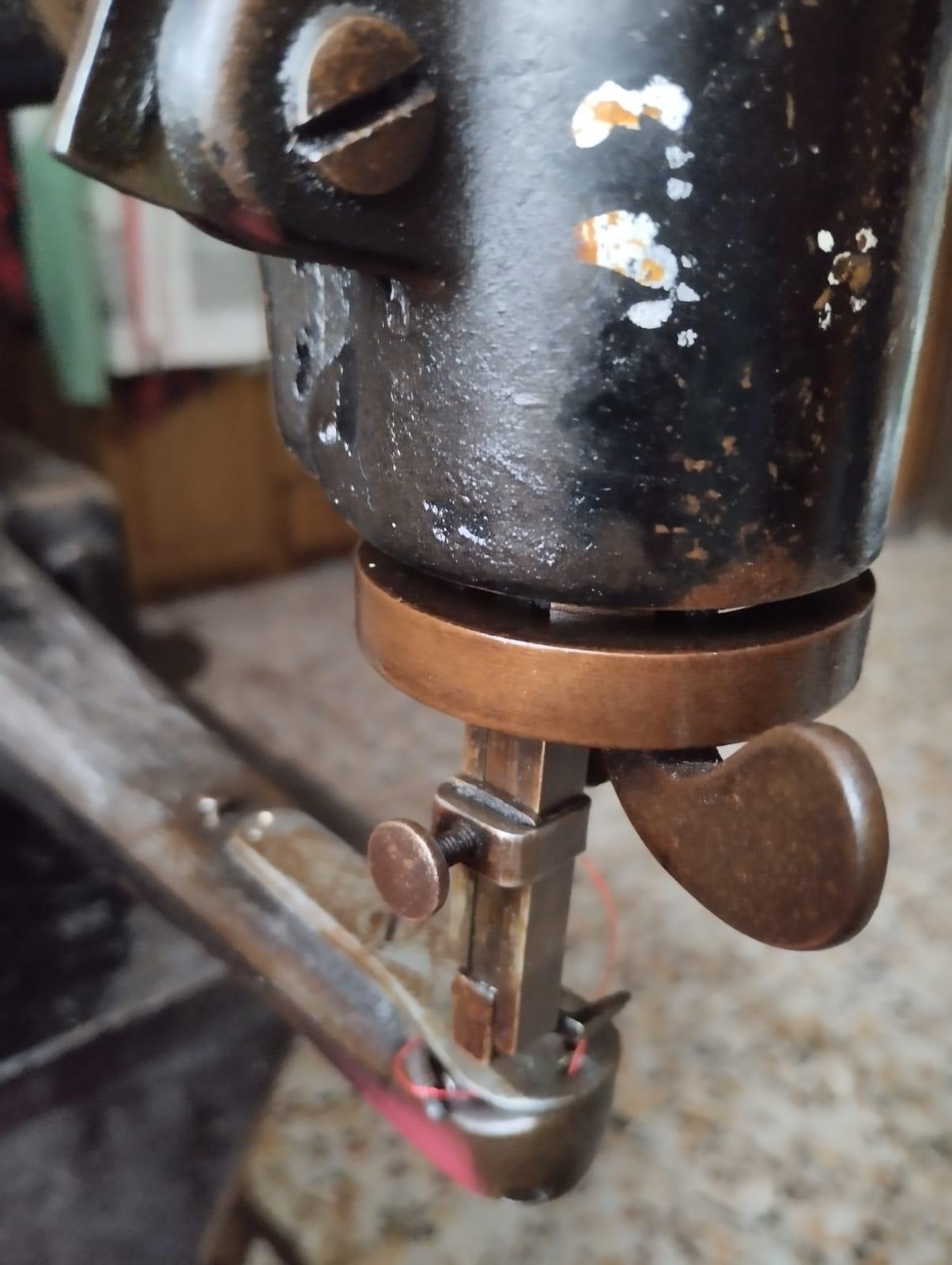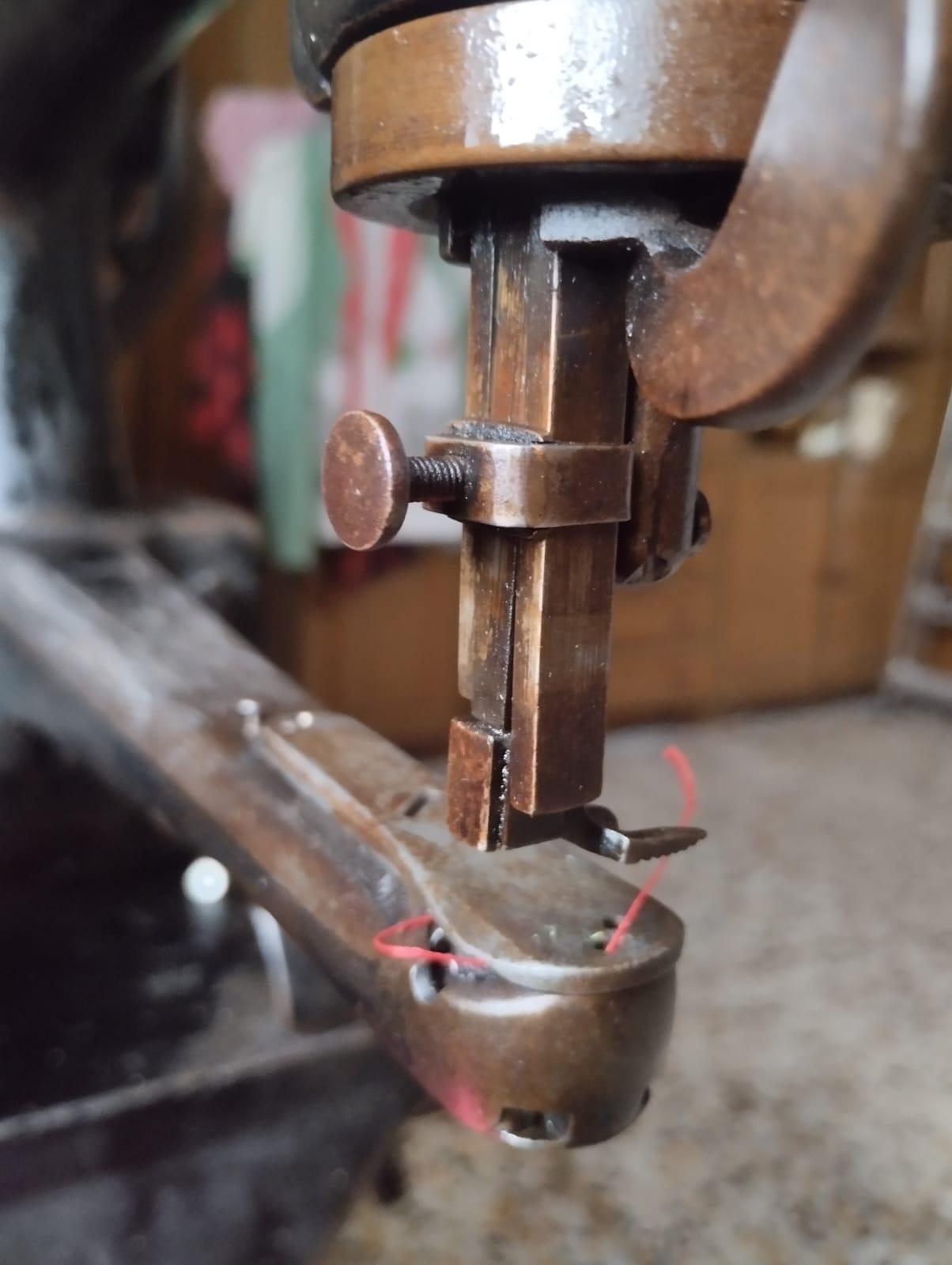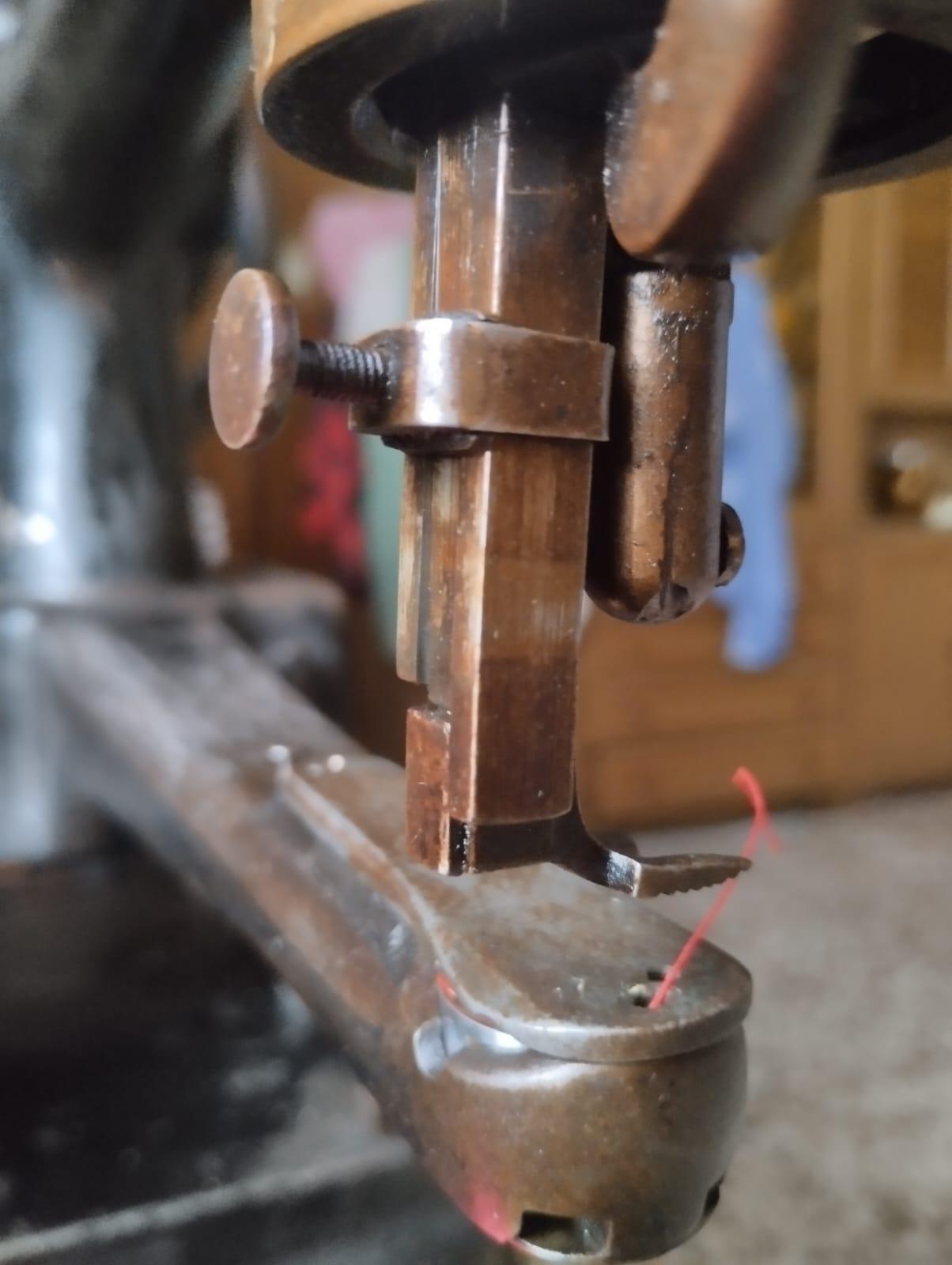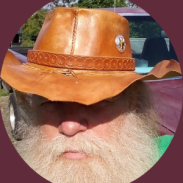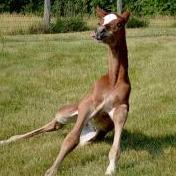All Activity
- Past hour
-
Holster for a Heritage .22
Samalan replied to BlackDragon's topic in Gun Holsters, Rifle Slings and Knife Sheathes
Now here's a guy who knows what a welt is for, it's basically a club love that Doc. I used a thick welt on a pocket carry holster, so the holster stays, and the gun comes out. It worked great because the welt was 13/16" thick with the leather reversed, rough side out. It worked out great. -
Interesting project How do you plan on gluing up that big of a piece without getting air pockets? I've cut a bit of small leather pieces with a band saw it works well. But i think a guy could cut all the hides together like MuleSaw says with or without glueing them together. Maybe stack them flat on a piece of 3/4 ply, clamp em down, and use a circular saw with a fine blade and an edge guide. Maybe even a piece of sacrificial 1/4 inch ply on the top to help hold the layers tight
-
Thank you Northmount.
-
@speedybri Sounds like a great idea, I'd try to get a small bandsaw, and use a meat cutting blade for it. If you haven't got a band saw yourself, perhaps a friend has got one? Changing a blade on one is really easy, so you could eventually just buy a blade that fit his/her saw and then use it whenever you need to cut the straps. https://kasco.com/collections/boneless-poultry-processed-meat-band-saw-blades A blade like this is what I had in mind. You'd have to draw a line to cut along, but a regular straightedge or a long ruler would do the trick. I'd love to see a post with artillery harness 🙂 Brgds Jonas
- Today
-
I would suggest: i) use a motorized leather strap cutter ii) contacting the suppliers of motorized leather strap cutters like Campbell Randall ( https://campbell-randall.com/shop/strap-cutting ) iii) once you have the straps cut to the width you need it would be a matter of gluing and sewing them together. Could you possibly cut back the thickness to 9 / 10 oz as you have an easier job finding a manual leather strap cutter like Tandy ( tandyleather.ca ) ??? kgg
-
Forgot to mention, sorry.. I did try to make 2 strap cutters that had 3/4" clearance, 1.75 width and used a utillity knife blade. One you manually pulled like a standard strap cutter. The other you clamped to the table and pulled the side through. Both failed. Miserably.. 🤪 The worked great with 2 layers. Judt not with thre three layers of 12/13 unfortunately.
-
Hello. I've been doing leather for almost 30 years now. Recently I've started making reproduction harness for civil war artillery reenactors. The traces are 3 layers of 12/13oz and what I'd like to do is glue the sides together and then cut them into 1.75" straps. I've been cutting the straps individually and then gluing each layer together and I'd like to streamline the process a bit by just gluing the entire sides together and then cutting. Any suggestions on how to cut the straps out of that thickness besides a straight edge and utillity knife?...lol. Once all three sides are glued together, it's about 5/8" thick. Plough gauge? Draw gauge? Chainsaw??..lol. Thank you everyone in advance for any and all help with this. It's much appreciated. Brian Merrick. Merricks Custom Leather
-
Holster for a Heritage .22
DocReaper replied to BlackDragon's topic in Gun Holsters, Rifle Slings and Knife Sheathes
The thing you call a Welp I think I call a spine, I used one when I built a holster for a Smith & Wesson 40 Cal Magnum and it actually helped support the trigger housing. If anything else, you can use it as a club. -
I got a small lot of this leather in, it's gotten stained around the edges during transport. It was originally used to line the back of belts for a major "heritage company" here in USA. The tag said "Toast Nubuck Lining (Anatolia). Although it's nubuck it does feel like it has a finish. As indicated by the name it's very suitable for lining belts and such. The temper is somewhat firm. $2 per foot price is low because of staining, hides pulled as is. Shipping from SC. Will discuss price reduction for 10 Hides or more.
-

Singer 29k1 presser foot doesn't work
Wizcrafts replied to MelissaViarengo's topic in Leather Sewing Machines
@MelissaViarengo You have the stitch length adjuster way up high on the foot driving bars. That position gives the shortest stitches. Lower the adjuster by loosening the round thumbscrew. You can set it for its maximum stitch length by raising the foot lift lever and lowering the adjuster, aka regulator all the way until it just touches the top of the raised foot. After lowering the stitch regulator, tighten the lock screw to keep it there. You should be able to get almost 5 stitches per inch in about 5 ounces of shoe upper leather. Anything less indicates excessive wear in the foot driving cam that rides inside the big round ring on the bottom of the head. There is a stud shape sticking out of that cam that rides inside the round ring. When the ring moves down, it pushes on the dtud and that causes the foot to get pushed back to pull the material. -
I moved it to saddle construction. Not really an accessory item in my opinion even though there are lots of stirrup and stirrup leather designs. @Gaitinggrl77 Keeping you in the loop so you know where your post has gone. Some experienced saddle makers should be along soon.
-
Singer 29k1 presser foot doesn't work
MelissaViarengo replied to MelissaViarengo's topic in Leather Sewing Machines
Hi! I tried to do as you told me and if I hold the foot by the legs it pulls backward but the same amount of space as when I try with a piece of leather. When I lower the foot lift lever the bottom of the foot if in contact with the throat plate. I'll post some pictures so you can tell me if something is wrong. I am thinking to take apart the head to see better the insides. WhatsApp Video 2025-08-27 at 16.47.17.mp4 -

Holster for a Heritage .22
chuck123wapati replied to BlackDragon's topic in Gun Holsters, Rifle Slings and Knife Sheathes
Interesting reasons. I haven't seen either problem in holsters without a welt, but that doesn't mean much. It'll sure be stiff lol. Anyway cool build my friend. -
I moved this to Saddle and Tack Accessory Items. @Northmount or somebody more knowledgeable than I may want to refine it further. But at least it's headed in the right direction. Welcome to the forum.
-
I was thinking, just 'Leather professional' sounds good. After that, it is the quality of work that defines the person. I, for one, would not call myself that unless I took it up as a profession and consider myself good enough to do so. Until then, I am fine with leatherworker or leather hobbyist. The word 'professional' might prevent that. It is used everywhere and means something specific. 'Worker' and crafter' mean something specific as well, Unfortunately, 'worker' is associated with workers that we find everywhere who do valuable work but are not experts as yet in that field. And 'crafters' is as you describe above, @BlackDragon But the word 'professional' still has some esteem, however long it remains.
-
Hi folks, I was hoping someone from the group might explain or show in pictures how to hang Buena Vista stirrup leathers. I thought it was pretty straightforward initially, but evidently it’s not.The way they are rigged is kind of backwards and upside down. Thank you.
-
have you tested this problem with some scrap material to see how it looks? Why would one side of your stitches look bad?
-
One problem with coming up with another name is eventually it'll become co-opted by someone that wants to seem like a professional. Leathercrafter was a professional name but now it sounds like you may do it like a hobby and make knick knacks. If I had a shop in an expensive area and wanted to bring in people that had plenty of money to spend I would probably call myself a Leather Artisan. I don't do anything different but it sounds more high end so it may attract more high end customers.
-
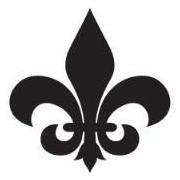
Halter/Bridle combination
BlackDragon replied to BlackDragon's topic in Saddle and Tack Accessory Items
Thanks! -

Holster for a Heritage .22
BlackDragon replied to BlackDragon's topic in Gun Holsters, Rifle Slings and Knife Sheathes
Thanks all. I add a welt because it allows for a snug fit without over stressing or warping the leather. There is also less stress on the stitching when drawing and reholstering. -
Nice looking work !! yeah 12 oz is pretty thick unless it's a tool or work belt. your buckle isn't made for that thickness; you can see it doesn't have a big enough bend on the bar end. I'll add a longer buckle would also help the bend problem or a hook and loop type buckle might even get you back to the middle hole.
-

Holster for a Heritage .22
chuck123wapati replied to BlackDragon's topic in Gun Holsters, Rifle Slings and Knife Sheathes
Cool build indeed, I've never used a welt on a holster myself and never understood the purpose? -
Holster for a Heritage .22
Samalan replied to BlackDragon's topic in Gun Holsters, Rifle Slings and Knife Sheathes
Like that and a nice welt -
Not sure if I understand your question. You can make the narrow end of the strap as a separate chape that wraps around the front and back of the wider part of the strap. The wider strap would be sandwiched between 2 layers of the chape with the grain side showing on both sides of the strap. The wider strap could be lined.



.thumb.jpg.6e903dd66163ad5672f00f144058c571.jpg)
